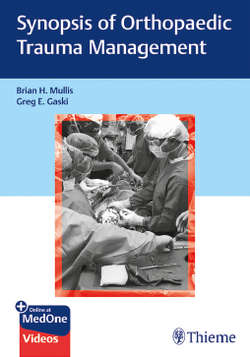Читать книгу Synopsis of Orthopaedic Trauma Management - Brian H. Mullis - Страница 46
На сайте Литреса книга снята с продажи.
I. Components of a Standard Article
ОглавлениеA. Introduction
1. Sets the groundwork for the manuscript.
2. Provides background information detailing why the research question is being asked:
a. Typically acknowledges gaps in knowledge.
b. Reinforces the clinical relevance of the topic.
3. Clearly defines the research question(s).
B. Methods
1. Should be sufficiently complete to allow the reader to duplicate the study, if desired.
2. Description of the inclusion/exclusion criteria, intervention (i.e., study arms), how data was gathered and analyzed, and ethical approval (if applicable).
C. Results
1. Succinct and clear presentation of study findings. A well-written results section is organized and follows a logical progression. When applicable, data presentation should mimic the order in which research questions are posed in the last paragraph of the introduction.
2. Figures/tables should always be referenced in the text of the manuscript.
3. Interpretation of study findings should not be included in this section.
D. Discussion
1. Perhaps the least relevant part of the manuscript for the knowledgeable reader.
2. Perhaps the most important part of the manuscript for the reader with minimal knowledge.
3. Recognize that author opinions are often expressed in this section (these may be incorrect).
4. Pay close attention to a description of study weaknesses.
a. Study limitations should be appropriately identified.
b. The impact of limitations and weaknesses should be explained.
5. Allows study results to be placed into context of the recent literature.
6. Directions of future investigations outlined.
E. Abstract
1. Should provide concise summary of study.
2. Often the only part of the article that is read by the public.
3. If findings are interesting, care is required to verify if the abstract and the body of the manuscript are consistent with each other.
4. Do the authors draw conclusions based upon their data? (Answer: not always).
F. Title
1. Should grab attention without being flashy.
2. Is the title an accurate portrayal of the study report? (Answer: not always).
